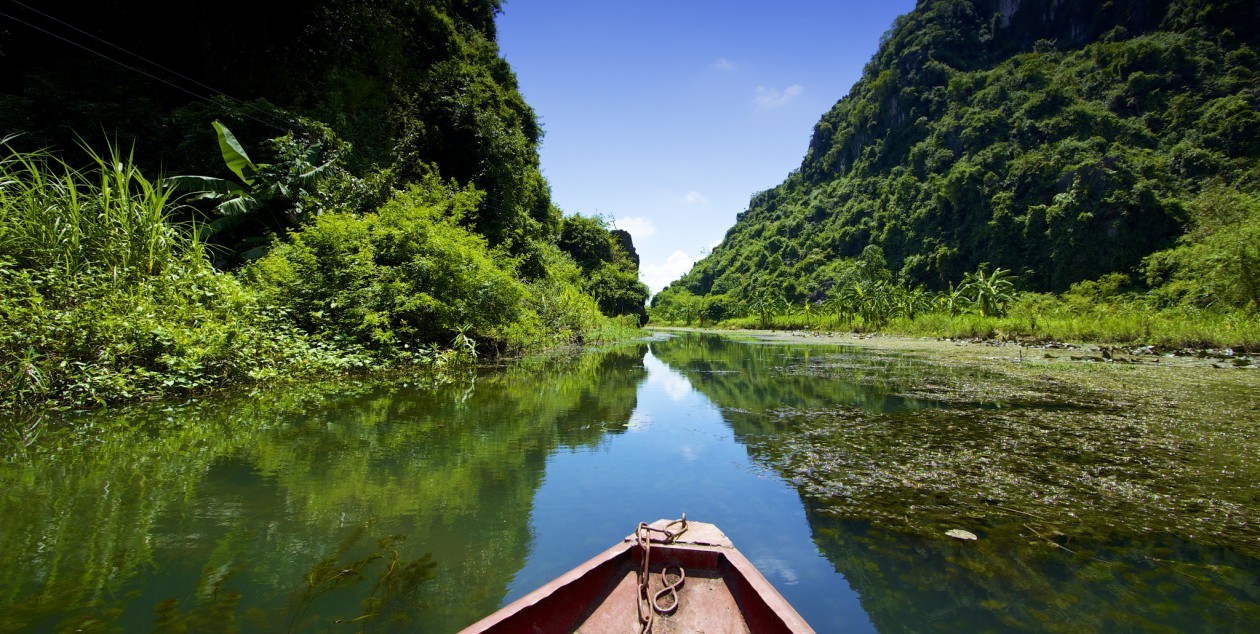There are various salient causes leading to the degradation of the mangrove forests in Vietnam.
- Climate Change
- Increasing population leading to overconsumption
- Livelihood of locals
- Management and support from organisations
- Tourism
First of all, climate change has led to issues such as rising sea levels and inability to predict storms. Coral bleaching, storms and floods occur more frequently and suddenly, making the area even more vulnerable to further damage. In 2009, the Typhoon Ketsana and Typhoon Mirinae that took place was so much stronger than expected that it created great destruction for the local people and the environment. Lobsters in that area were lost and houses also collapsed. This led to the locals losing their source of income and their homes overnight as the coastline got destroyed.
In addition to having to maintain their livelihood, the cost of having to rebuild their homes resulted in the locals exploiting the area further despite the huge degree of damage already done. As no extra effort was put into restoring or protecting the damaged mangrove forests, the forests become more damaged overtime as storms and strong currents attacks the impaired coasts as there are no longer thick mangrove forests to reduce the impact of the currents.
Secondly, the rapidly increasing population in Vietnam places huge stress on the use of limited resources. Although there are awareness about the damage to the resources in the country, the people have to continue doing so in order to meet the increasing demands of the population. As a result, the resources suffer before they have an opportunity to regenerate.
Thirdly, the locals in these LMMAs have limited livelihood alternatives. They depended greatly on fishing, where they use nets and cages extensively and pollutes the waters. For instance, lobsters caught in cages accumulates great amount of waste discharge that are then released into the waters. This damages the valuable marine and coastal resources, especially the vulnerable coral reef ecosystem.
Following that, the weak management and support from the LMMA Management Boards were also unable to resolve the issues. The Management Board is made up of mainly fishermen with low education level and management skills. As such, it is difficult to be effective or develop essential skills to implement protection on the coastal areas.
Lastly, tourism can also place great impacts on the coasts as tourism has increased significantly since transportation got more convenient. One of the tourism industry that has been booming is the diving industry.
